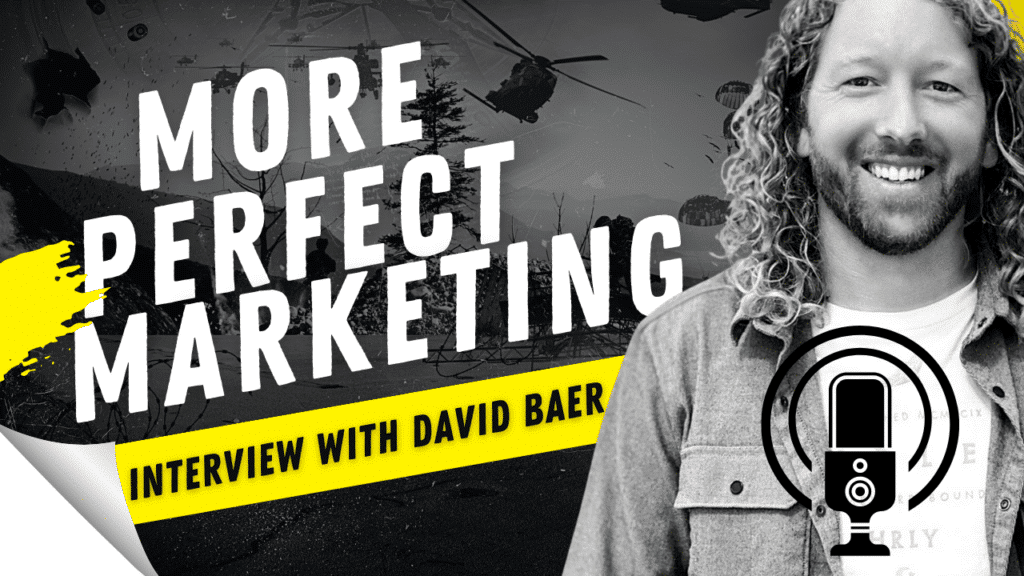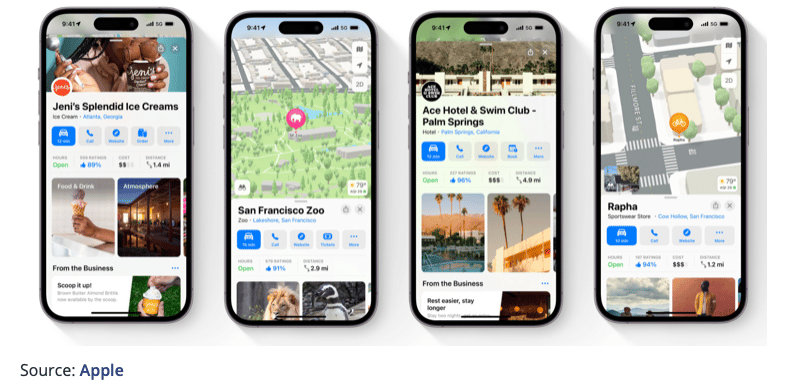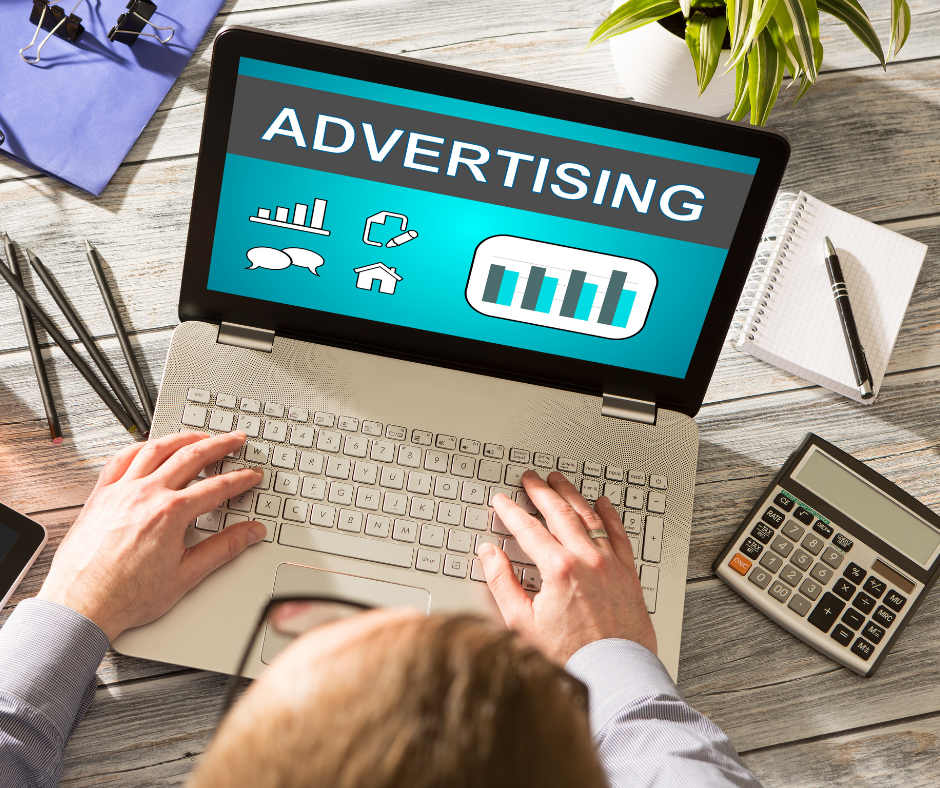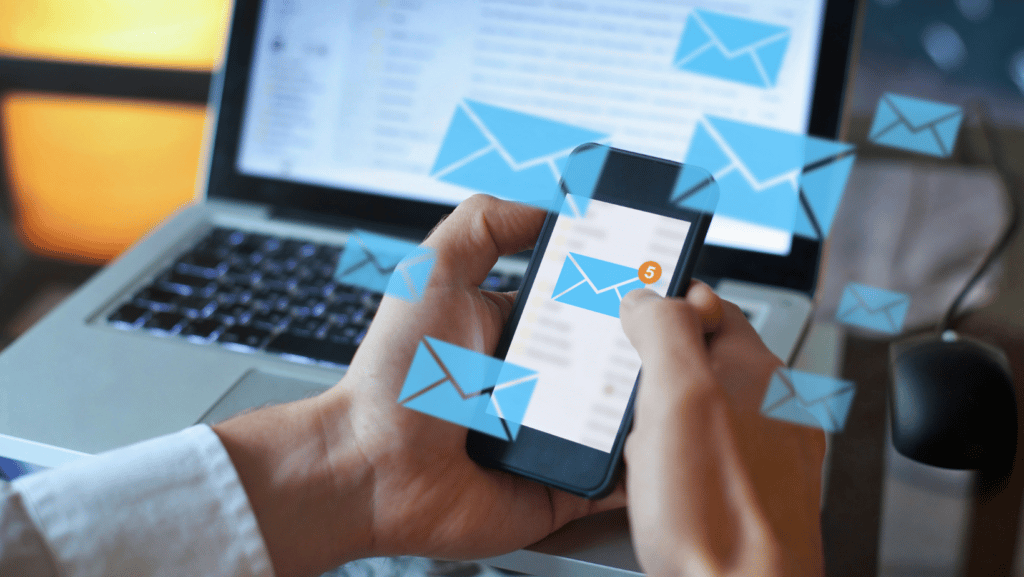Ok ok ok… we already know what you’re thinking. You think that Email Marketing is another wasteful initiative that just spams your clients/prospects. You might have even already tried this effort yourself and had seen quite the loss.
But we are here to tell you that email marketing is pretty much the opposite of wasteful, and actually has one of the highest returns out of any digital strategy out there.
“WHATTT?” – You.
Let us give you the facts.
In a world full of technology, about 56% of the global population has internet access, and almost 100% of that 56 has an active email address. This tells us that more than half of the world is using the internet and able to receive emails.
Just look at your inbox, for example! All of your subscriptions and email updates you like to receive from your favorite companies are strategies put in place to get you to buy into something-whether it’s their product, or even just to keep you interested or informed.
Regardless, Email Marketing is a great way to stay connected with your clients and to engage with your prospects. It has a 4400% ROI and produces phenomenal results.
In fact, by 2022, Radicati estimated that 4.25 billion email users will maintain 1.86 email accounts on average. As of 2019, 4.33 billion people have access to emails, and 3.93 billion use emails.
With mind-blowing numbers like that, we know you’ve got to be sold by now. But for skeptics out there, we’ll break it down even more based on where and how you should implement email marketing.
Social media
Most email service providers have premade footers with social media icons for you to include links to your Facebook, Twitter, or other social pages.
You can also set up your campaigns for easy social sharing. In other words, your subscribers can click a button, or copy and paste a URL, to share a campaign the same way they’d share a landing page.
Finally, you can embed user reviews, posts, and your own social feeds so your subscribers can connect with you wherever they hang out online.
Urban Outfitters put this visually pleasing email together to highlight their hottest posts (and products) according to their Instagram audience. Take note of the share buttons at the bottom of the email, too.
Content marketing
Email is the perfect tool for promoting your best blog posts.
77% of people prefer email for permission-based advertising. It’s easy to forget that social media is technically permission-based because it often doesn’t feel that way.
With email, people have voluntarily given you their email address, so you know they want to hear from you and read your blog content.
Marketing Sherpa found that 19% of people unsubscribe from mailing lists when brands are constantly trying to sell them something. It’s actually in your benefit to prioritizing blog posts, podcasts, tips, tutorials, videos, infographics, and other valuable content through email over promotional material.
You can make good use of your content with stunning newsletters and custom RSS feeds. U.S. Outdoor Store always includes a perfect ratio of interesting content and promotions in their email campaigns.
Webinars
People who follow your social pages won’t always see your posts unless you promote them (which could cost you)—so these are not the best places to advertise something like a webinar.
With email, however, your subscribers genuinely want to hear from you, so they’ll be more likely to respond favorably to your webinars.
Real-world events
Social media can be dicey when promoting events. You often need to share a lot of valuable information to get people to act, and the posts are shown out of context or out of order.
With email, you can create an onboarding sequence for your events. It offers you the option to spend time explaining the attendees and the event’s goals. You can also easily embed links so readers can RSVP and add the event to their calendar.
Taking control of your audience access and analytics
Email service providers don’t hold your audience hostage and make you pay to access analytics. You can easily learn about your subscribers and use that information to improve the performance of your future campaigns.
You’re also able to keep track of your most active and engaged subscribers, which will help you send retargeting campaigns—both through email and social media—so you’ll always know where to devote your marketing resources. Plus, you can identify patterns, trends, and possible new markets.
Email marketing is one of the most heavily scrutinized marketing methods in our post-GDPR world. At first, that thought might make marketers cringe.
But it’s actually a good thing because it means brands must prioritize the privacy of subscribers over their own data collection. 78% of customers say they’re more likely to trust companies with their personal data if it’s used to personalize their experience through channels like email.
Since email gives you unrestricted access to your subscribers’ behavior, you can learn more about their interests and habits to create targeted campaigns. Personalization is important—even mandatory—going into 2020.
To further personalize your emails, guide other digital marketing campaigns, and even plan future business decisions, send out surveys to your most loyal and active subscribers to collect quality data.
You’re not in control of the relationship—and that’s okay.
More than 75% of people prefer email marketing because they’re in control of the relationship. For consumers, email is a refreshing break from intrusive social media ads. Why? Because if they see something they don’t like, they can simply unsubscribe.
Plus, email is highly regulated through GDPR and anti-spam laws. This hopefully doesn’t scare you, because these are good things.
People will always know exactly how and where you got their email address. Since you’re only collecting email addresses from people who choose to hear from you, you’ll never waste money on your campaigns.
Encourage your subscribers to take more control over the relationship
Marketers gain the trust of their subscribers when they encourage them to take control of their inbox.
How do you do this? Insert a link to a preference center at the bottom of all your email campaigns and prompt all new subscribers to fill out that page.
According to Marketing Sherpa’s survey, 45% of people unsubscribe from mailing lists because they receive too many emails (either from a single brand or in general). Another 91% of people unsubscribe because they aren’t happy with the content—either the campaign is too promotional, generic, or uninteresting.
A preference center lets your subscribers tell you exactly how often they want to be emailed and what type of content they want to be sent. Here’s an example of a preference center by Brooks Running.
Stay at the forefront of automation and technology
Think the hottest marketing technology is only accessible to big brands with massive budgets? Not so.
Email service providers give you access to cutting-edge automation features to create a human experience that 84% of customers say is the key to winning their business.
- Segmentation
- Customer journeys
- Post-purchase communication
- Re-engagement
- A/B testing
The importance of email marketing has only grown over the past few years. We’ve discussed a lot in this article, so here are a few things we hope you take away:
- Almost everyone who has internet access has at least one active email address
- Email makes it easy to integrate all of your digital marketing campaigns
- Email marketing gives you the chance to build personal relationships with your audience
- Your subscribers are in control of the relationship—and that’s a good thing.
The final details…
It’s a big step to invest in Email Marketing and there is a lot of research that needs to be done before you start buying programs and building campaigns.
First, you need to know your goal. Would your email campaign serve as a simple monthly newsletter? Or even maybe a complex drip campaign that would need to send SMS texts or even take payments? With our current technology, you pretty much have the Burger King option when building out a strategy- Have your way!
It’s best to analyze the demand of your customers/prospects and what’s best for them when strategizing what type of emails should go out. In most scenarios, you should have multiple campaigns serving different purposes.
If you are unsure, hit up your LMH Agency, we will help you determine your first steps.

























